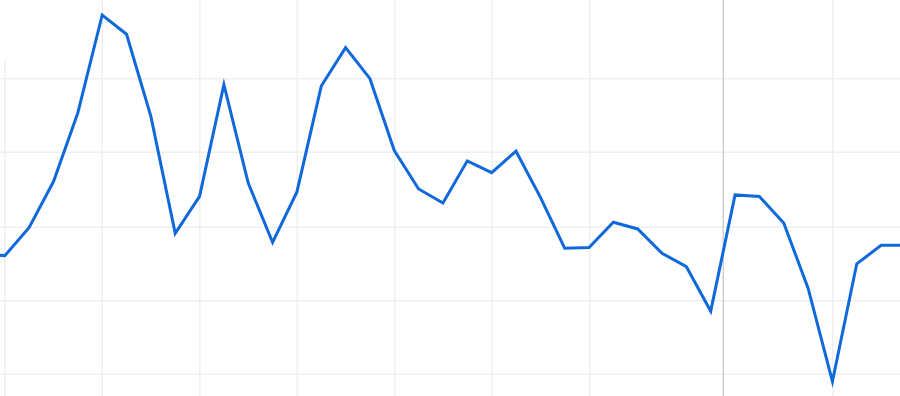What are the trading strategies?
 As already mentioned in various other contributions mentioned, as a trader you need a Strategyin order to be successful in the long term. The strategy must be built in such a way that you can follow it on a daily basis. If executed correctly, one should close more than 50% of the positions with a profit in order to make a profit. Here we present 3 classic trading strategies and clarify which strategy might be most suitable for you.
As already mentioned in various other contributions mentioned, as a trader you need a Strategyin order to be successful in the long term. The strategy must be built in such a way that you can follow it on a daily basis. If executed correctly, one should close more than 50% of the positions with a profit in order to make a profit. Here we present 3 classic trading strategies and clarify which strategy might be most suitable for you.
Please note: Trading is very risky. Only invest money that you can lose.
3 classic trading strategies
Day trading
Day trading is a short-term and very speculative form of trading. In day trading, the position is opened and closed within one trading day. Since there are usually no major changes in value in one day, day trading is only suitable with CFDs (Contracts for Difference). Here, the invested capital can be leveraged and comparatively high profits (but also losses) are possible despite small stakes and small price changes.
Day traders work with technical analysis. They analyze the charts and firmly believe that prices do not move randomly and instead follow defined patterns.
You can find out more about day trading in this article.
Scalp Trading
Scalp trading can be even more nerve-wracking. Here you open and close a position in a time window of a few seconds up to 15 minutes. Scalp means "cutting out" in English. The scalp trader wants to "cut out" only a small price movement and thus make a profit.
Scalp traders pay particular attention to breakouts and quick, small movements.
A popular sub-strategy of scalp trading is "news placing". Here, a scalp trader expects that the market will react to a news totally exaggerated (e.g. at Apple the presentation of the new iPhone), before it will return to the previous value. In the time of the exaggerated fall or rise of a price, a scalp trader can earn big profits.
Swing Trading
Swing trading also takes advantage of price fluctuations, but it is not quite as short-term as day or scalp trading. This means that swing traders usually keep their positions open for several days.
The biggest advantage here is that you don't have to be glued in front of the screen all the time and pay attention to every little fluctuation.

Although there are enough people who are skeptical about swing trading, many full-time traders use it as their main strategy. Swing trading can also be used in markets where there are no clear trends at the moment, as you only watch for the fluctuations.
Which strategy suits me?
The right strategy depends mainly on your stress resistance and the time available for trading. Capital also plays a major role.
For professionals, we recommend swing trading or longer-term buy-and-hold, where you buy shares and hold them for months/years. Day trading or scalping is less suitable for professionals, as these methods require you to sit in front of the computer all the time.
Day trading and scalping can be more profitable than swing trading because you can open and close many positions in one day. However, for this you have to take a lot of time and possibly endure a lot of stress.
